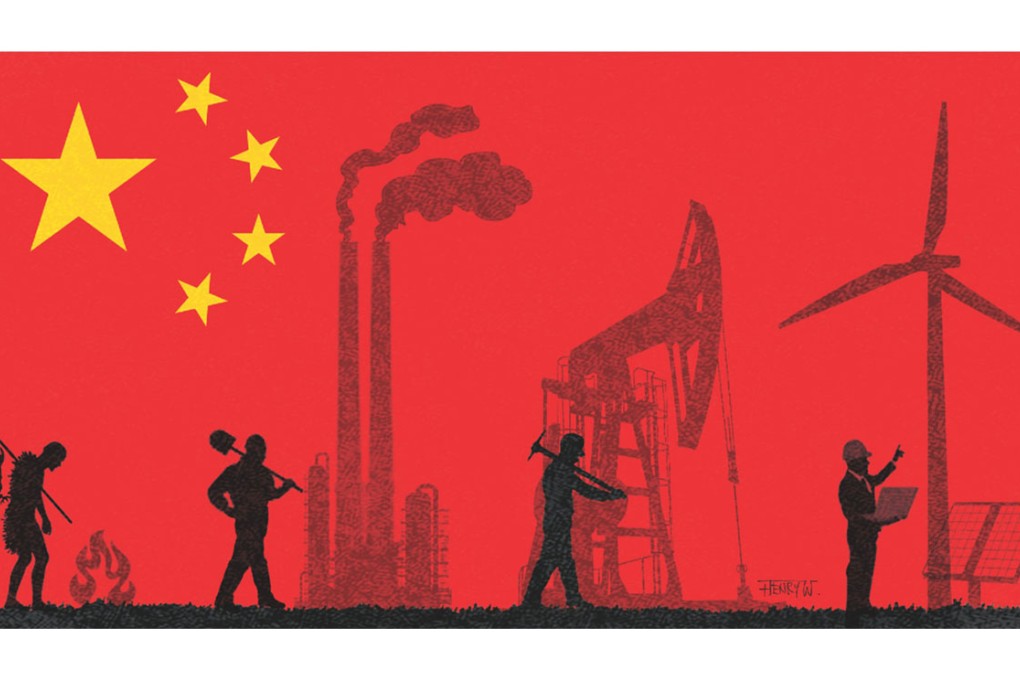Can China really reach its ambitious goals for clean energy?
Andrew Leung says China's second gas deal with Russia is another part of Beijing's ambitious push to use cleaner energy, to ultimately create an eco-civilisation

Russian President Vladimir Putin was not prominent at the Beijing Apec summit. Instead, what was probably on his mind was a second energy deal with China in the face of a looming "second cold war" with the West.
China's first deal with Russia in May is for up to 68 billion cubic metres of gas per year, worth US$400 billion. The gas will come from undeveloped fields in eastern Siberia, requiring substantial infrastructure. The Crimea crisis gave China leverage to negotiate preferential prices.
The second deal is for 30 billion cubic metres of gas per year from mature fields in western Siberia servicing Europe. Prices have not been agreed but are likely to be even more in China's favour as gas prices have plummeted and the Russian rouble is tumbling due to Western sanctions.
While Russia supplies a quarter (160 billion cubic metres per year) of Europe's gas needs, the two deals by no means signal Beijing's energy dependence on Moscow. They only add up to 17 per cent of China's gas needs by 2020, and natural gas is expected to account for just 10 per cent of China's energy mix.
Nor do they mean that Russia and China are forming an Eastern bloc against the West. Aside from balancing America's dominance, the world has become so interconnected and interdependent that rigid blocs no longer work. What is more, Russia and China are by no means all-weather friends. Russia's sparsely populated east is exposed to the influence of Chinese settlements and trade. The history of its Tsarist annexation from the Middle Kingdom remains vivid.
China is alive to threats to regime stability posed by energy supply and transit security, hence the development of overland pipelines through Central Asia and global energy footprints. It also partly explains China's more assertive stance in the East and South China seas.
